Erythrocytes or Red Blood CellsWhat are Red Blood Cells?Erythrocytes, red blood cells, carry oxygen to your body's tissues. As oxygen is converted to energy, carbon dioxide is released by your tissues. Additionally, your red blood cells carry carbon dioxide to your lungs so that you may exhale it. 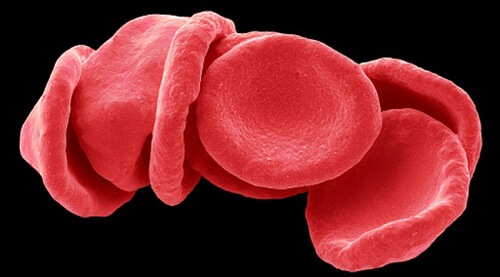
Purpose of Red Blood CellsThe main purpose or role of red blood cells is to transport oxygen-rich blood from the lungs to different body tissues and carry carbon dioxide-rich blood away from the tissues to the lungs for exhalation. Conversion of oxygen into energy is crucial for maintaining your body's health. Function of Red Blood CellsThe main function of blood is to transport oxygen to various parts of the body. Oxygen is present in the blood as a bound form. Blood has red blood cells which contain haemoglobin. Haemoglobin, in turn, has a component called heme which is responsible for binding with oxygen. Haemoglobin also binds with carbon dioxide but with a lower affinity. As a result, oxygen is transported to different tissues, and carbon dioxide is taken away from tissues to the lungs for exhalation. The carbon dioxide waste is transported to the lungs by the red blood cells, where it is exhaled. 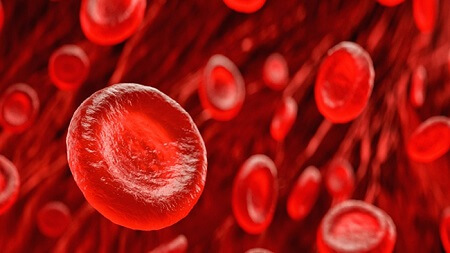
Are Red Blood Cells Oxygen Carriers?The oxygen inhaled reaches the lungs and from there, blood with the help of red blood cells transfers this oxygen to various body tissues. For energy production, your cells utilize oxygen. Site Of Red Blood Cell ProductionIt takes roughly seven days for red blood cells to properly mature and are then released into the bloodstream from your body's soft bone tissue (bone marrow). The Appearance of Red Blood CellsThe blood appears red because of the presence of red blood cells specific components called haemoglobin. Although the main function of haemoglobin is to bind oxygen transported to various body parts, it is also red and thus makes the whole blood red. The form of red blood cells is like a flat disc or doughnut, spherical with an indentation in the middle but not hollow. Red blood cells do not have a nucleus, unlike white blood cells, which contain a nucleus. Because of the absence of a nucleus, it is easy for red blood cells to alter their shape and travel easily throughout the body. 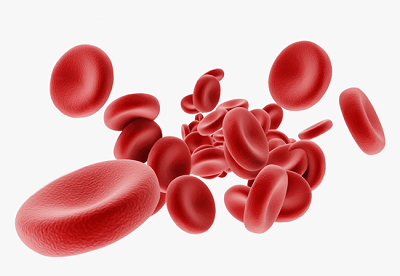
Components of Red Blood CellsYour bone marrow is where red blood cells develop. Most of the cells produced in the body are produced in the bone marrow. What are some common diseases that have an impact on red blood cells?While talking about the diseases that can occur due to red blood cells, two conditions can cause such diseases: high red blood cell count or low red blood cell count. A low red blood cell count can cause:
Red blood cells count is very crucially for health. Any increase or decrease in its count can cause various diseases. A high red blood cell count can cause:
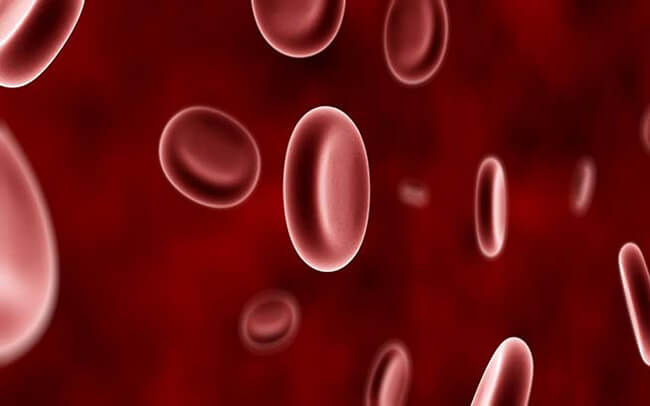
Red Blood Cells Disorder Symptoms
Why is The Red Blood Cells Count Low?Low red blood cell counts can be caused by a variety of factors, such as:
What Brings on an Elevated Red Blood Cells Count?Various factors can result in a high red blood cell count. Some of them are:
Ways of Treating Red Blood Cells ProblemsDepending on the diagnosis and severity of the problem, there are many treatments for red blood cell abnormalities. Treatment options include:
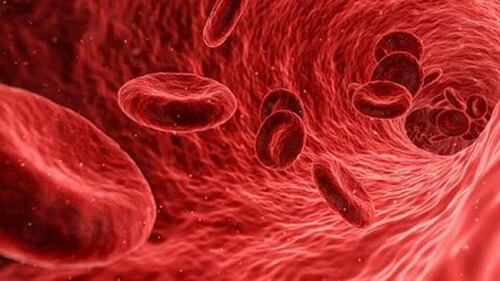
Care for Red Blood CellsOne can take care of their red blood cells by consuming a balanced diet rich in vitamins and minerals. This includes iron, folic acid (vitamin B9), and B12, which includes:
What is the Red Blood Cell's Haemoglobin Called?Each red blood cell contains the protein known as haemoglobin, which transports oxygen. Haemoglobin would be in the driver's seat if your red blood cell were a car, gathering oxygen in the lungs and delivering it to the tissues all over your body. What intriguing details are there regarding red blood cells?Since red blood cells lack a central membrane, these cells have a short lifetime (nucleus). Red blood cells only live an average of 120 days because passing through the blood arteries depletes their energy source. Plasma, which accounts for most of the blood, is translucent to yellowish; on the other hand, red blood cells occupy around 40% of the blood. As a result, the blood appears red. 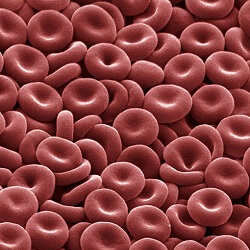
ConclusionYour body's red blood cells circulate continuously, delivering oxygen to your tissues and releasing carbon dioxide when you breathe. It is always advisable to follow a proper balanced diet to maintain a healthy red blood cell count and protect your body from heart attack and stroke risk.
Next TopicKidneys
|
 For Videos Join Our Youtube Channel: Join Now
For Videos Join Our Youtube Channel: Join Now
Feedback
- Send your Feedback to [email protected]
Help Others, Please Share










